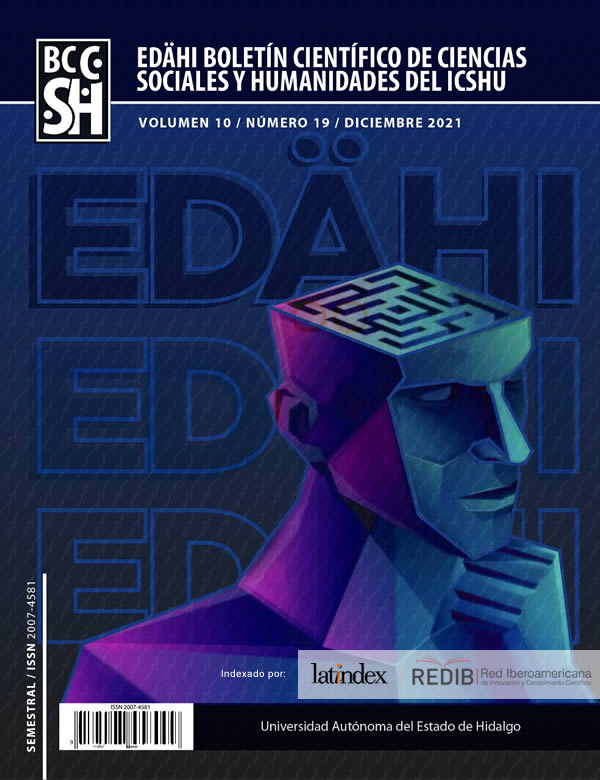Input, Output, and Intake
Role and relevance in Second Language Learning
Abstract
Within the language teaching-learning area, many factors can be identified as impacting the proficiency of the language students achieve. As teachers, we have gone from searching the latest technologies to creating innovative materials that motivate students, passing through the use of resources that integrate skills and curricular designs that help students develop their autonomy. It is in this environment that we consider it relevant to review basic concepts that help us understand how the information we receive needs to be converted into knowledge in order to produce the language being studied. The concepts of input, output, adn intake are reviewed and the relevance of such concepts in Second Language Learning is pointed out in this essay.
Downloads
References
Chaudron, Craig (1985) “Intake: On models and methods for discovering learners' processing of input” in Studies in Second Language Acquisition, Vol. 7, núm. 1, pp. 1-14.
Chomsky, Noam (1957) Syntactic structures. 1st ed. The Hague: Mouton.
Cook, Vivian (1993) Linguistics and second language acquisition. 1st ed. Houndmills, Basingstoke: Macmillan.
Ellis, Rod (2005) “Principles of instructed language learning” in System, Vol. 33, núm. 2, pp. 209-224.
Ellis, Rod (2008) The study of second language acquisition. Oxford: Oxford University Press.
Gass, Susan M. (1997) Input, interaction, and the second language learner. 1st ed. Mahwah, N.J.: Lawrence Erlbaum Associates.
Gass, Susan M., and Madden, Carolyn, G. (1985) Input in second language acquisition. 1st ed. Rowley, Mass: Newbury House Publishers.
Hedge, Tricia (2000) Teaching and learning in the language classroom. 1st ed. Oxford: Oxford University Press.
Hermas, Abdelkader (2014) “L2 and L3 ultimate attainment: an investigation of two parameters” in International Journal of Multilingualism, Vol. 11, núm. 2, pp. 202-224.
Johnson, Jacqueline S., and Newport, Elissa, L. (1989) “Critical period effects in second language learning: The influence of maturational state on the acquisition of English as a second language” in Cognitive psychology, Vol. 21, núm. 1, pp. 60-99.
Krashen, Stephen (1985) The input hypothesis. 1st ed. London: Longman.
Krashen, Stephen (2021) A Historic webinar with Chomsky and Krashen. Webinar by the University of Morocco (https://youtu.be/uLBMtL4JuRM)
Lenneberg, Eric (1967) Biological foundations of language. 1st ed. New York: Wiley.
Littlewood, William (1984) Foreign and second language learning. 1st ed. Cambridge: Cambridge University Press.
Long, Mike (2014) Second language acquisition and task-based language teaching. John Wiley & Sons.
Mitchell, Rosamond, and Myles, Florence (2004) Second language learning theories. 1st ed. London: Hodder Arnold.
Nagata, Noriko (1998) “The relative effectiveness of production and comprehension practice in second language acquisition” in Computer assisted language learning, Vol. 11, núm. 2, pp. 153-177.
Ritchie, William, and Bhatia, Tej (2009) The new handbook of second language acquisition. 1st ed. Bingley, UK: Emerald.
Schachter, Jacquelyn (1983) “Nutritional needs of language learners” in TESOL, Vol. 82, pp. 175-189.
Skinner, Burrhus Frederic (1957) Verbal behaviour. 1st ed. New York: Appleton-Century-Crofts.
Spolsky, Bernard (1989) Conditions for second language learning. 1st ed. Oxford: Oxford University Press.
Swain, Merill (1985) “Communicative competence: some roles of comprehensible input and comprehensible output in its development” in Susan M. Gass and Carolyn G. Madden (Eds.), Input in second language acquisition 1st ed., pp. 235-253. Rowley, Mass: Newbury House Publishers.
White, Joanna, and Ranta, Leila (2002) “Examining the interface between metalinguistic task performance and oral production in a second language” in Language Awareness, Vol. 11, núm. 4, pp. 259-290.













